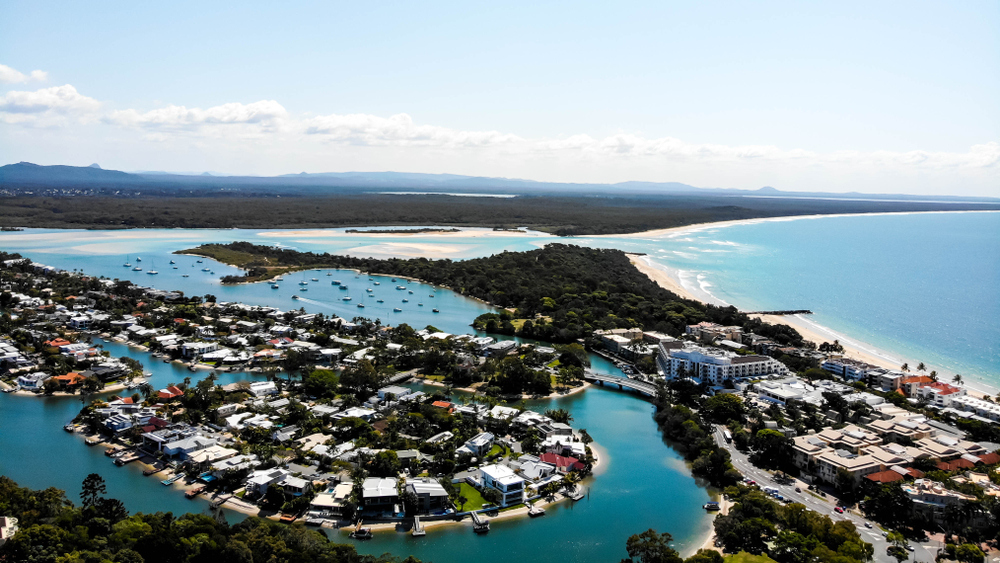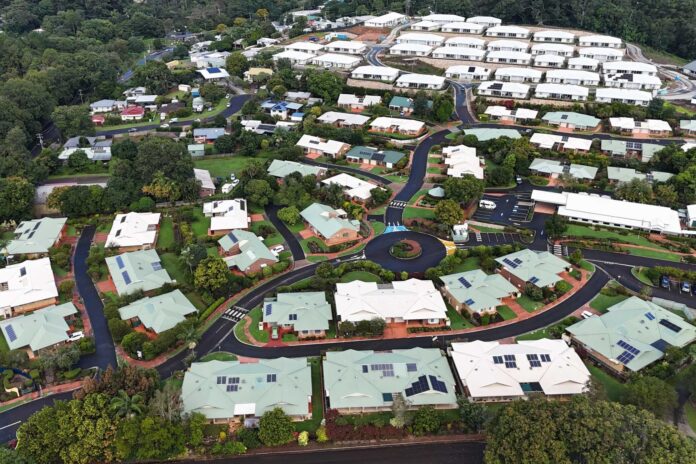Housing advocates and real estate industry experts say the Sunshine Coast rental market has become “highly unaffordable”.
A report by national housing campaign Everybody’s Home showed even people earning six figures were spending 46 per cent of their income on rent.
The 2025 Priced Out report, released in March, revealed the region’s rental woes were behind only northern Western Australia, the Gold Coast and Sydney.
It came as the state government prepared to introduce a host of rental rule changes that could help address affordability issues. The initiatives will start on June 6.
Everybody’s Home’s Maiy Azize said costs had “dramatically” increased on the Sunshine Coast, where almost a third of dwellings are rented.
“The Sunshine Coast is a highly unaffordable location for renters despite its lifestyle destination appeal,” she said.
“It is one of the most unaffordable rental markets in the state, with affordability out of reach for most middle-income earners.
“Since 2018, houses in the Sunshine Coast have risen by 6.8 per cent per year, from a median weekly rent of $484 to the current median weekly rent of $777,” she said.
“Meanwhile, units rose even more at a growth rate of 8.3 per cent per year, lifting from a median rent of $397 to the current median rent of $694.”
She said someone earning $40,000 would be priced out and someone earning $70,000 would be on struggle street.
“Even someone on a $130,000 salary would still be in rental stress, paying 36 per cent of their salary on rent,” she said.
Ms Azize explained why the region’s rental market was so exclusive.
“The Sunshine Coast’s unaffordability stems from a combination of strong lifestyle demand, population growth, a surge in investors buying properties and issues with housing supply,” she said.
Want more free local news? Follow Sunshine Coast News on Facebook, LinkedIn and Instagram, and sign up for our FREE daily news email.
“As prices in capital cities have soared, more people are choosing to move to regional lifestyle areas, which in turn pushes up rents.
“Social housing in the Sunshine Coast has also not kept pace with need, while private investment incentives have worsened affordability.
“The situation in the Sunshine Coast reflects the broader trend of rising rents far outpacing income growth.”
Ms Azize said “serious action” was required.
“We need a major investment in social and affordable housing to relieve pressure on the private market,” she said.
“Unfair tax breaks including negative gearing and the capital gains discount also must be phased out.
“Nationally, consistent renter protections also need to be introduced to ensure fair limits on rent increases and no-cause evictions”.
According to the Australian Bureau of Statistics, in 2021 about 27.3 per cent of Sunshine Coast dwellings were rented.
A Residential Vacancy Rate Report, released by the Real Estate Industry of Queensland in May for the first quarter of 2025, showed that the vacancy rate was just 0.5 per cent in Caloundra and surrounds, 1.2 per cent at Maroochydore and surrounds and 1.2 per cent in the Sunshine Coast hinterland.
REIQ CEO Antonia Mercorella said the vacancy rate had increased from 1.2 per cent to 2 per cent at Noosa.
“However, this is unlikely to offer much comfort to renters, as price points in that area remains largely out of reach for everyday Queenslanders. Vacancy doesn’t automatically equate to accessibility,” she said.
The REIQ classifies a healthy rental market as one that is between 2.6 per cent to 3.5 per cent.

“So, as you can imagine, when we’re looking at regions with sub-1 per cent, it’s telling a bit of a grim story, unfortunately,” Ms Mercorella said.
“We’re hearing these stories of people having to leave their entire communities because they simply cannot find a place to live.
“Queensland’s stubbornly tight rental conditions are symptomatic of years of underinvestment in housing supply, compounded by rapid population growth.”
The state government referred Sunshine Coast News to a web page, rta.qld.gov.au, that included a video summary of upcoming rental rule changes, from June 6.
“Rent bidding is unlawful in Queensland and rental properties need to be advertised at a fixed price. This now also includes rooming accommodation,” the video spokesperson said. “The new laws aim to improve the transparency and fairness of the rental application process.
“Property managers and owners are unable to accept a rent offer greater than the advertised price.
“Rent increase frequency to not more than once every 12 months is now attached to the premises and not an individual tenancy.
“The changes do not limit how much rent can be increased by and if a tenant believes the rent increases excessive, they should visit the RTA’s website for further information”.
Meanwhile, the federal government expects to spend around $6.7 billion on Commonwealth Rent Assistance to assist households in 2025-26.
National Cabinet also agreed to A Better Deal for Renters, which includes a reform to move towards a national standard of no more than one rent increase per year.
The government also implemented tax incentives to encourage more investment in new build-to-rent developments.
Related story: Data reveals extent of housing affordability woes
A spokesperson said Sunshine Coast Council was: preparing a new Planning Scheme to support more diverse and affordable housing types in areas close to jobs, services and public transport; identifying and investigating underutilised council land for potential development of affordable and key worker housing in partnership with community housing providers; and providing development incentives such as reduced infrastructure charges and application fees for not-for-profit housing project.
The council is also supporting the delivery of master-planned communities like Beerwah East, and helping to deliver 22 affordable homes in Marcoola.
The spokesperson said the region’s median household income had improved significantly, but it was 4.8 per cent below the state median, according to ABS data in 2021.
Noosa Council has previously stated that it was doing what it could for affordable housing, including using council land.





